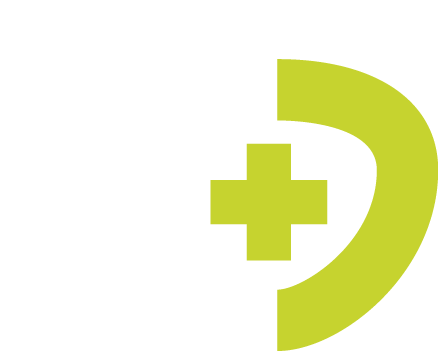Challenges in Data Collection and Workforce Planning
Since 2018, the Ministry of Health of Lithuania has made significant improvements in healthcare workforce forecasting and planning. However, like other countries, Lithuania continues to face challenges such as shortages of healthcare professionals and regional disparities, often referred to as ‘medical deserts’. Decisions regarding human resources management must rely on reliable data, which has led to ongoing efforts to improve the integration of health workforce (HWF) data across various institutions. Currently, data is fragmented across multiple systems and surveys, complicating accurate forecasting and workforce planning.
In Lithuania, the current data on the healthcare workforce and healthcare services is available through several systems and institutions. The State Health Care Accreditation Agency under the Ministry of Health, the National Health Insurance Fund, and the Institute of Hygiene are the main institutions responsible for collecting and managing this data. However, significant gaps remain, particularly in data related to healthcare worker migration FTE and link between provided services and healthcare professionals who performed them. Addressing these gaps is essential to improving workforce planning and ensuring that state institutions have access to reliable data for decision-making.
Enhancing the Forecasting Model for Workforce Needs
The healthcare workforce forecasting model has been operational since 2019, and it has been updated with both quantitative and qualitative data. In 2022, two Expert Councils were established to provide insights into the need for healthcare professionals and the admission process for studies and residency studies. The Ministry of Health, through its strategic partnership with STRATA (Government Strategic Analysis Center), has taken significant steps to include stakeholder input in the workforce planning process. In the 2023 update, more professions and data were added to the forecasting model, which now includes a range of healthcare specialties.
The Competence Platform, set to launch in 2025, will serve as a central hub for data collection and monitoring of healthcare professionals’ qualifications and workloads. This platform will enable more efficient workforce planning, especially in response to regional healthcare needs and disparities. For example, the platform will track healthcare professionals’ positions, departments, and workloads, ensuring that the data used in forecasting models is
comprehensive and up to date.
Future Actions and Long-term Workforce Solutions
The Ministry of Health during the project is focusing on several key actions to improve data collection, forecasting models, and workforce retention. The most important measures include:
- Implementing unified data collection systems across healthcare institutions.
- Enhancing the health workforce forecasting model to account for both outpatient and inpatient service needs.
- Establishing better data integration across public and private healthcare sectors.
- Introducing new policies to attract and retain healthcare professionals, particularly in underserved areas.
In addition to improving data collection, Lithuania has focused on developing policies aimed at attracting and retaining healthcare professionals. For instance, the Ministry of Health has introduced policies to increase the number of healthcare professionals in underserved regions, often referred to as ‘medical deserts’. These initiatives include offering financial incentives, improving working conditions, and providing professional development opportunities etc.
Furthermore, the Ministry of Health is working on integrating data from the Competence Platform with existing information systems. This integration will allow policymakers to monitor the continuous professional development of healthcare specialists and quickly respond to gaps in the workforce. By ensuring that data on healthcare workers’ skills and qualifications is readily available, Lithuania aims to improve workforce mobility and reduce administrative burdens on healthcare providers.
Conclusion
The efforts being made to improve Lithuania’s healthcare workforce forecasting and planning system are multifaceted. From data integration and enhanced forecasting models to retention policies, the focus remains on ensuring that the healthcare system can meet the evolving needs of the population. With the implementation of the Competence Platform and the continued collaboration among stakeholders, Lithuania is well-positioned to address current and future challenges in healthcare workforce management. As these measures are implemented, Lithuania’s healthcare system will become more resilient and capable of adapting to new demands, ensuring that quality care is accessible to all.




